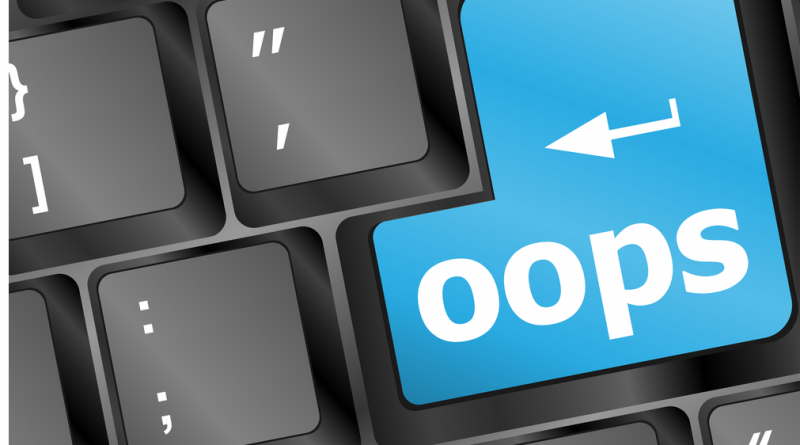Are your emails making you look unprofessional?
Your email is as much a part of your professional image as your work truck, tools, branded t-shirts and the handshake you ‘USED’ to offer.
Like all technology, we were introduced to email without any rules to follow. We are now discovering that there are certain principles for managing these messages and for being a professional and polite user of electronic mail although not everyone has gotten the word.
If you want to impress on every front and build positive business relationships, pay attention to your email and steer clear of these top twelve email mistakes:
1. Completing the “TO” line first
It’s too easy to accidentally hit SEND when you are still drafting a message or only halfway through. The name or address of the person to whom you are writing is the last piece of information you should enter. This will save your jacksy time and time again.
Check everything else in your message first. Proof for grammar, punctuation, spelling and clarity. Did you say what needed to be said? Can you reduce it by using bullet points? How was your “tone of voice”? Did you include the attachment you mentioned?
2. Failing to change the subject line when you change the subject in your email
When you want to send someone a message, it’s all too easy to find the last message from that person and hit “reply.” If you are writing on another issue, take time to change the subject line. It’s not only confusing to open an email with an old subject line, but it’s also difficult to find that particular message after you have filed it. Why not start a new email thread?
3. Failing to use “Cc” and “Bcc” correctly
Use “Cc” when someone needs to be informed, but does not need to take any action. Use “Bcc” to hide a mailing list, but be careful not to use it to “whisper” behind a co-worker’s back.
4. Not personalising the message
Email is informal but it still needs a greeting. Begin with “Dear Mr. Broome,” “Dear Jim,” “Hello Jim,” or just “Jim.” Failure to use a proper greeting can make you and your e-mail seem cold — leading to an “emotional unsubscribe” or an actual one.
5. Not accounting for tone
When you communicate with another person face to face, 93% of the message is non-verbal — body language and tone of voice. Email has no body language or tone of voice so choose your words carefully. Put yourself in the other person’s place and think how your words may come across in Cyberspace. Waiting an hour and reading the text aloud can often reveal helpful tone edits.
6. Forgetting to check for spelling, usage, and grammar
In the early days of email, people thought that this form of communication did not have to be letter perfect. Wrong. It does. It is a representation of you and your organization. If you don’t proof your email to be sure that it is correctly written, people will question the caliber of other work you do. Use proper capitalization and punctuation, and always check your spelling. Remember that your spellchecker will catch misspelled words, but not misused ones. It cannot tell whether you meant to say “from” or “form,” “for” or “fro”, “he” or “the.”
7. Writing a Novel
Use bullet points! Email is meant to be brief. Use only a few paragraphs and if they can be made into bullet points – even better.
8. Forwarding e-mail without permission
Most everyone is guilty of this one, but think about it. If the message was sent to you and only you, why would you pass it on? Too often confidential information has gone global because of someone’s lack of judgment.
9. Thinking that no one else will ever see your email
Once it has left your mailbox, you have no idea where your email will end up. Don’t use the Internet to send anything that you couldn’t stand to see on a billboard on your way to work the next day. Use other means to communicate personal or sensitive information.
10. Leaving off your signature
Always close with your name, even though it may appear elsewhere in the email. Add all your contact information just as you would on your business card. Creating a formal signature block with all that data is the most professional approach.
11. Expecting an instant response
Not everyone is sitting in front of the computer with email turned on. The beauty of Internet communication is that it’s convenient. It’s not an interruption. People can check their messages when it suits them, not you. If you need an immediate response, pick up the phone.
12. Omitting the subject line
Given the huge volume of email that each person receives on a daily basis, the subject header is essential if you want your message to be read. People decide which email to open based on two things: who sent it and what it’s about. The subject line is the hook. Keep in mind that your email has lots of competition.




